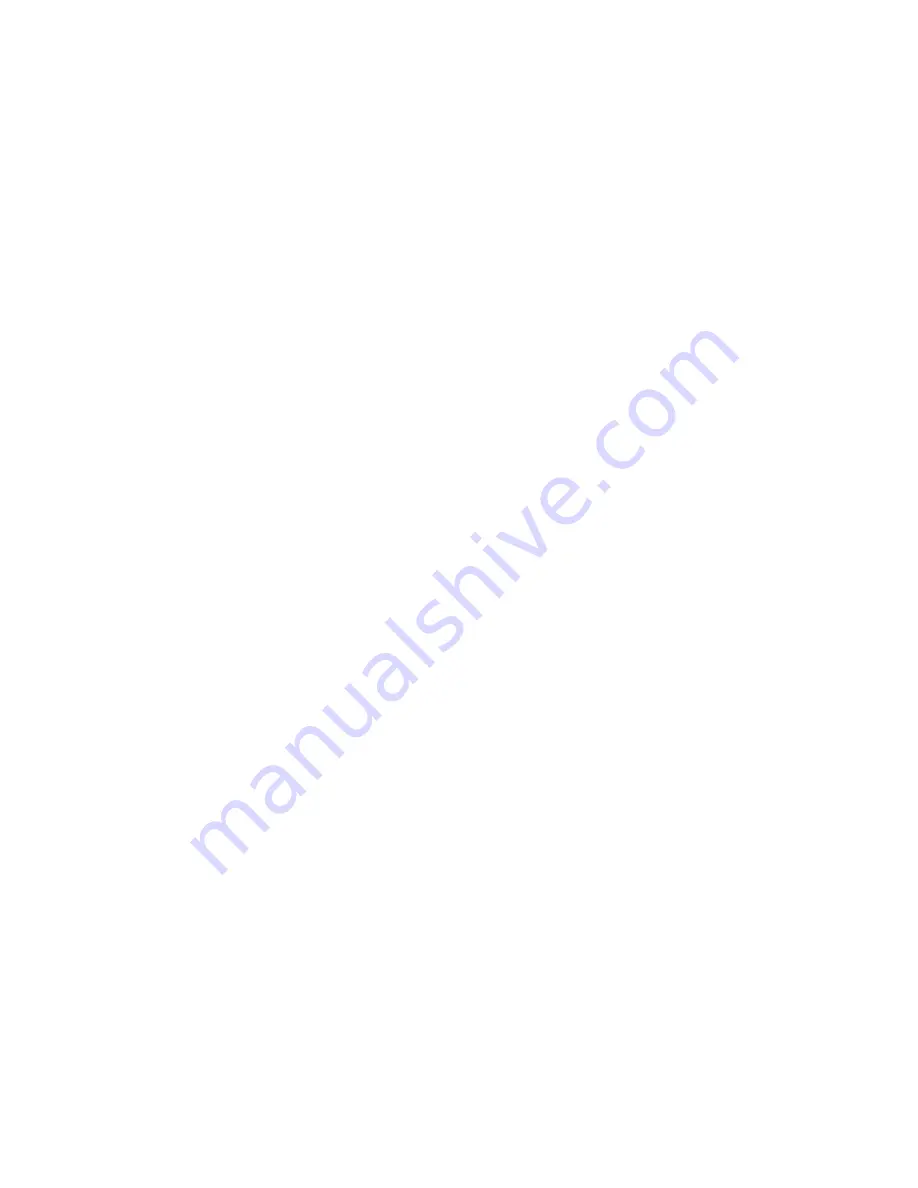
Working with the pen tool
The Adobe Title Designer includes standard pen tools that resemble those used in
graphic design applications such as Adobe Illustrator and Adobe Photoshop. Use the
pen tools to create an object of any shape, including straight lines at any angle or smooth
flowing curves.
Drawing straight segments with the pen tool
You draw straight lines by clicking the pen tool in the drawing area. This creates control
points, called
anchor points
, that are connected by straight segments.
To draw straight segments with the pen tool:
1
Select the pen tool.
2
Position the tip of the pen point where you want the straight segment to begin, and
click to define the first anchor point. The anchor point remains selected (solid) until you
add the next point.
Note: The first segment you draw will not be visible until you click a second anchor point.
Also, if lines extend from either side of the point, you’ve accidentally dragged the pen tool;
choose Edit > Undo and click again.
3
Click again where you want the segment to end. (Shift-click to constrain the segment’s
angle to multiples of 45 degrees.) This creates another anchor point.
4
Continue clicking the pen tool to create additional straight segments. The last anchor
point you add appears as a large square, indicating that it is selected.
5
Complete the path by doing one of the following:
•
To close a path, click the initial anchor point. A circle appears underneath the pen
pointer when it is directly over the initial anchor point.
•
To leave the path open, Ctrl-click anywhere away from all objects, or select a different
tool in the toolbox.
Using Help | Contents | Index Back 201
Adobe Premiere Pro Help Using the Adobe Title Designer
Using Help | Contents | Index Back 201
Drawing curved segments with the pen tool
Draw curved segments by dragging the anchor points with the pen tool. Before you draw
and modify curved segments with the pen tool, it’s important to understand two elements
that are associated with anchor points on curves. When you use the selection tool to select
an anchor point connecting curved segments, the segments display
direction lines
which
end in
direction points
. The angle and length of the direction lines determine the shape
and size of the curved segments. Moving the direction lines reshapes the curves. A
smooth
point
always has two direction lines that move together as a single, straight unit. When
you drag the direction point of either direction line on a smooth point, both direction lines
move simultaneously, maintaining a continuous curve at that anchor point. In
comparison, a
corner point
can have two, one, or no direction lines, depending on whether
it joins two, one, or no curved segments, respectively.
Corner point direction lines maintain the corner by working independently of one
another. When you drag a direction point on a corner point’s direction line, the other
direction line, if present, does not move. Direction lines are always tangent to
(perpendicular
to the radius of ) the curve at the anchor points. The angle of each direction line
determines the slope of the curve, and the length of each direction line determines the
height, or depth, of the curve.
The pen tools provide the most precise control over straight lines and curves. Using them,






























